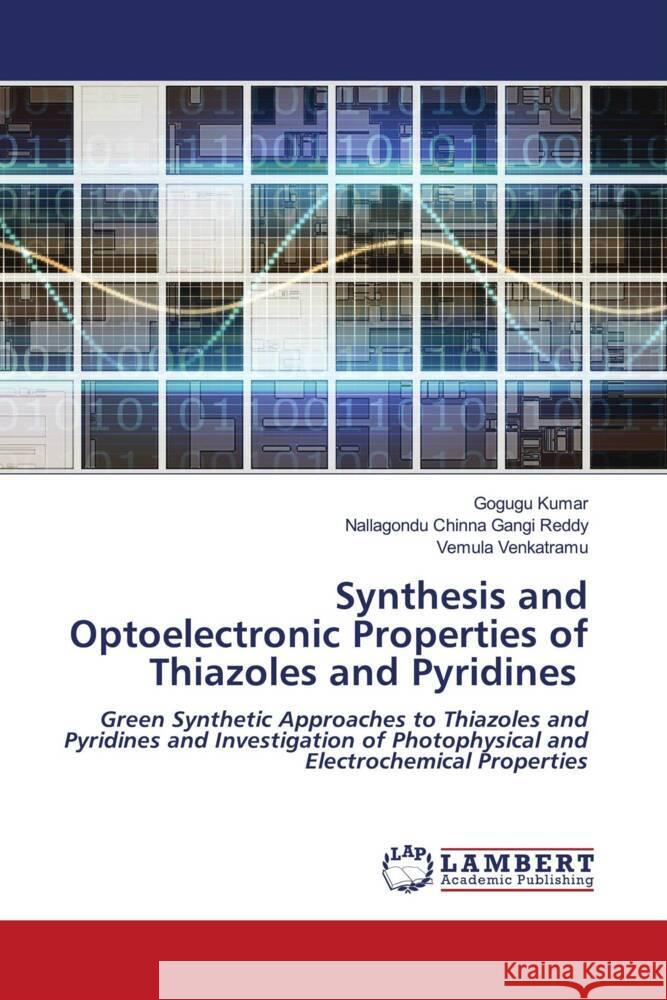Synthesis and Optoelectronic Properties of Thiazoles and Pyridines » książka
Synthesis and Optoelectronic Properties of Thiazoles and Pyridines
ISBN-13: 9786204735948 / Angielski / Miękka / 228 str.
Over the past few decades, pi-conjugated small organic fluorophores have received considerable attention from both academia and industry because of their potential applications in various fields like biological labeling, environmental analysis, optoelectronics etc. Among organic fluorophores, fluorescent heterocyclic compounds like thiazole and pyridine based heterocycles are an important structural motifs of fluorescent molecules and can be utilized to construct the wide variety of multifunctional materials and chemosensors. Further, it is easy to construct donor(D)-acceptor(A) type thiazole and pyridine-based fluorescent materials with a wide variety of electron-accepting and electron-donating substituents at appropriate positions of thiazole and pyridine rings. Inspired by the importance of thiazole and pyridine based heterocycles in optoelectronics, the authors aimed to develop a green and sustainable synthetic routes like solvent-free mechanochemical grinding, ultrasound irradiation and MCRs for the synthesis of thiazole and pyridine based heterocycles and investigate their photophysical and electrochemical properties.











